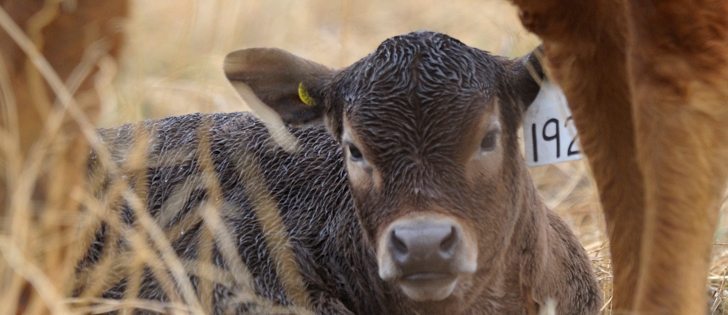I am sure most producers over the years have had calves develop a throat infection.
These calves have extremely loud breathing that can be heard across the pen. They generally have extended neck breathing and are in various forms of respiratory distress.
This is generally due to an infection of the throat or larynx area caused by the same bacteria that often causes foot rot. The initiating cause is usually an abrasion to the throat caused by rough feed or an oral ulcer.
This is why we seldom see outbreaks of this infection. Sporadic cases are the norm and can occur in young calves to 18-month-old cattle in the feedlot.
Read Also

Canada’s slaughter horse industry lacks transparency
The lack of clear reporting and public access to data keeps the industry largely hidden, leaving questions about humane treatment and traceability unanswered.
Younger cattle have a soft oral lining and are most susceptible to these abrasions.
The oral ulcerative lesion might have started from the calf’s sharp teeth inadvertently biting the insides of their cheeks.
The bacteria gains entry and over time forms an abscess around the laryngeal cartilages. This, combined with the surrounding swelling, significantly reduces the respiratory passage, which leads to a whistle-like sound when the calf breathes.
Veterinarians have varied treatment over the years, depending on what they find most effective.
Blood supply is limited because the larynx is mostly cartilage, which makes it difficult to get antibiotics to the site of the infection.
Potentiated sulphonamides, penicillin and, more recently, drugs such as macrolides (Draxxin) and fluoramphenicol (Nuflor) have been tried. Ask a veterinarian for advice on what drugs have worked the best and for what length of time.
Veterinarians will often recommend either a steroid such as dexamethasone or a NSAID (non-steroidal anti-inflammatory drug) such as banamine or metacam. These are prescription drugs, so the herd veterinarian must be involved.
Response is favourable if caught early and treated aggressively. I have often found that producers notice the problem quick enough but stop treatment too early and a relapse occurs.
I continue treatment for 10 to12 days, even if clinical signs have subsided substantially. The steroids or NSAIDs are stopped after a few days, but the antibiotics are kept on board for the duration.
An emergency tracheotomy and laryngeal surgery can be tried in chronic cases or those unresolvable with drugs. The procedure peels out the abscess and re-establishes the wind passage’s proper diameter.
These cases carry a guarded prognosis but doing nothing is also grave. The air restriction can become so bad that the calf’s eyes seem bugged out from straining to breath.
There is only one other condition I know of that mimics necrotic laryngitis. Large calves that are born backward and have a hard pull may break ribs, which may cause a restriction on the windpipe and the same clinical signs.
A tracheotomy may provide temporary relief, but the actual problem cannot be corrected.
Try not to wait too long before initiating treatment in these calf diphtheria cases, and remember to finish the course of antibiotics your veterinarian recommends.
Laryngeal surgery can be done as a salvage operation, but most cases will clear up with good sound medical treatment. A few calves will recover but still have a distinctive whistle, especially when they run a bit. This will be permanent, but they still will do well in the feedlot.

















